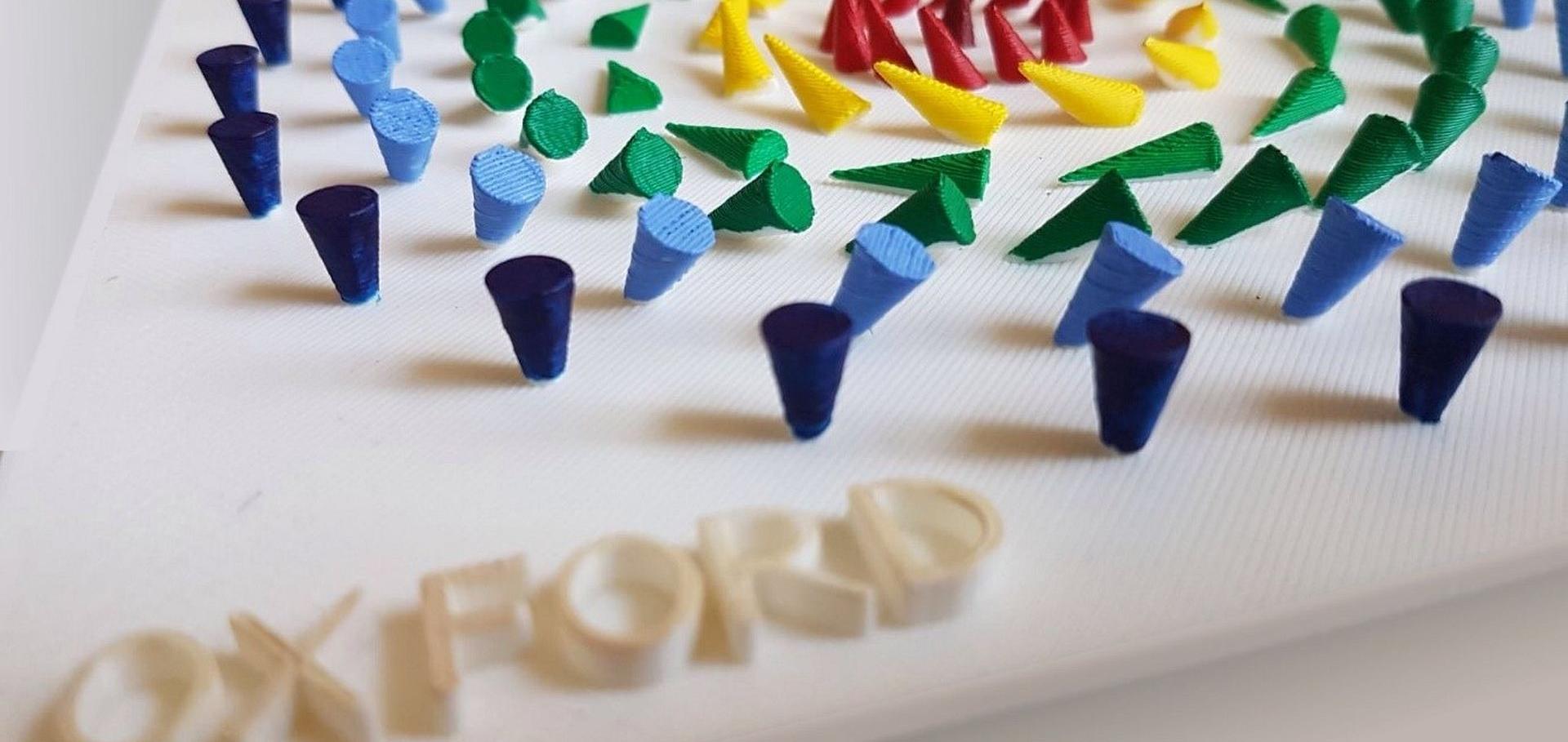Ti-catalyzed Si nanowires by chemical vapor deposition: Microscopy and growth mechanisms
Journal of Applied Physics 89:2 (2001) 1008-1016
Abstract:
Si nanowires grow rapidly by chemical vapor deposition on Ti-containing islands on Si surfaces when an abundant supply of Si-containing gaseous precursor is available. The density of wires is approximately the same as the density of the nucleating islands on the Si surface, although at least two different types of islands appear to correlate with very different wire growth rates. For the deposition conditions used, a minority of long, defect-free wires form, along with more numerous wires containing defects. Energy-dispersive x-ray spectroscopy shows that the Ti-containing nanoparticles remain at the tip of the growing wires. The estimated diffusion coefficient of Si in TiSi2 is consistent with the catalyzing nanoparticle remaining in the solid phase during nanowire growth. © 2001 American Institute of Physics.Reflection and mode conversion of surface acoustic waves studied by scanning acoustic force microscopy
Applied Physics A Materials Science and Processing 72:4 (2001) 491-493
Abstract:
We present measurements of the reflection and mode conversion of surface acoustic waves (SAWs) by scanning acoustic force microscopy (SAFM). The SAFM offers a unique combination of high lateral resolution and high sensitivity towards acoustic modes of all polarizations. Since a SAW mixing experiment of two waves can be performed even if the amplitude difference between both waves is 40 dB, wavefields of extremely small amplitudes can be investigated. Using SAFM, the reflection of SAWs from a metallic wedge is investigated with submicron lateral resolution. We are able to identify two reflected wave modes, a Love and a non-coupling Rayleigh mode, by measuring their phase velocities.MR-microscopy at 35 µm on a whole body MR-system: quality control by modulation transfer function and applications
Proc. Int. Soc. Mag. Reson. Med. 9 (2001) 929
Elementary surface acoustic wave effects studied by scanning acoustic force microscopy
Proceedings of the IEEE Ultrasonics Symposium 1 (2000) 223-226
Abstract:
Scanning Acoustic Force Microscopy (SAFM) has been used to study elementary surface acoustic wave phenomena with nanoscale spatial resolution. The SAFM technique is capable of detecting acoustic wave properties of arbitrarily polarized modes with sub-wavelength resolution and unmatched sensitivity. Elementary model systems like symmetric single finger wave sources and circular wave sources are studied for the first time in detail.Simultaneous phase velocity measurement of non-collinear SAWs by scanning acoustic force microscopy
Proceedings of the IEEE Ultrasonics Symposium 1 (2000) 611-614


